- Published
- June 2025
- Page Count
- 752
- ISBN (Digital)
- 979-8-88794-165-3
Cognitive Psychology: Applying the Science of Mind
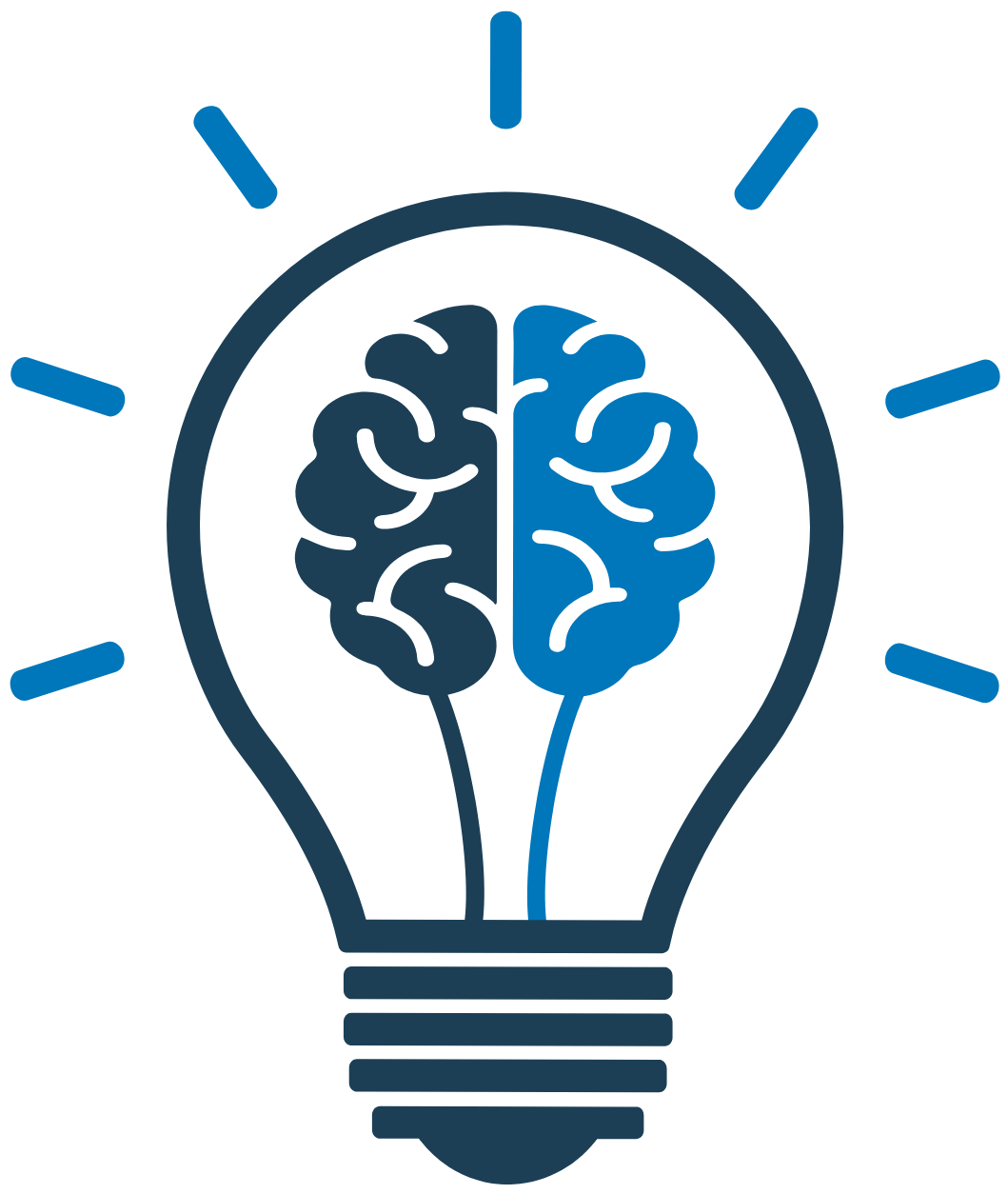
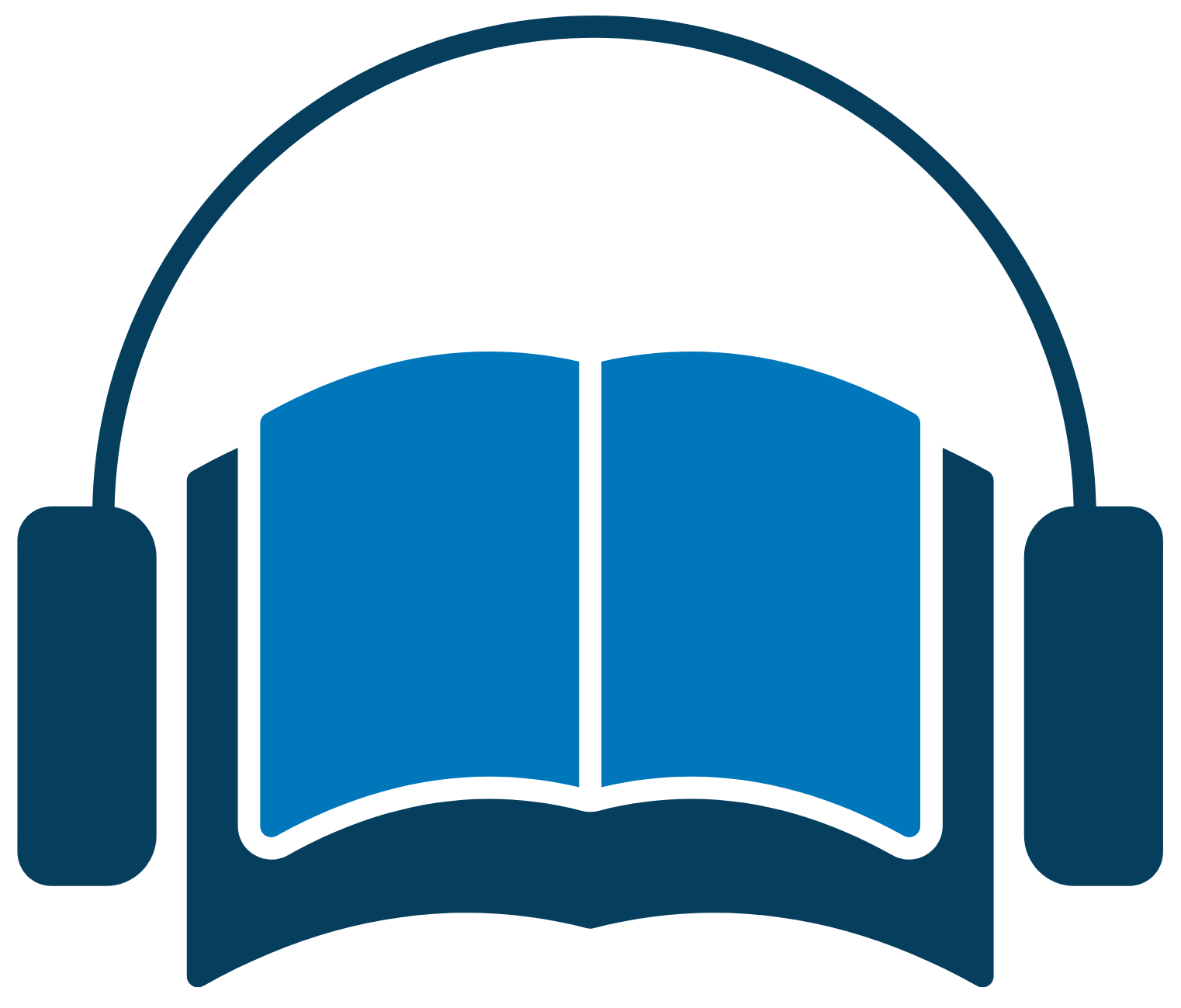
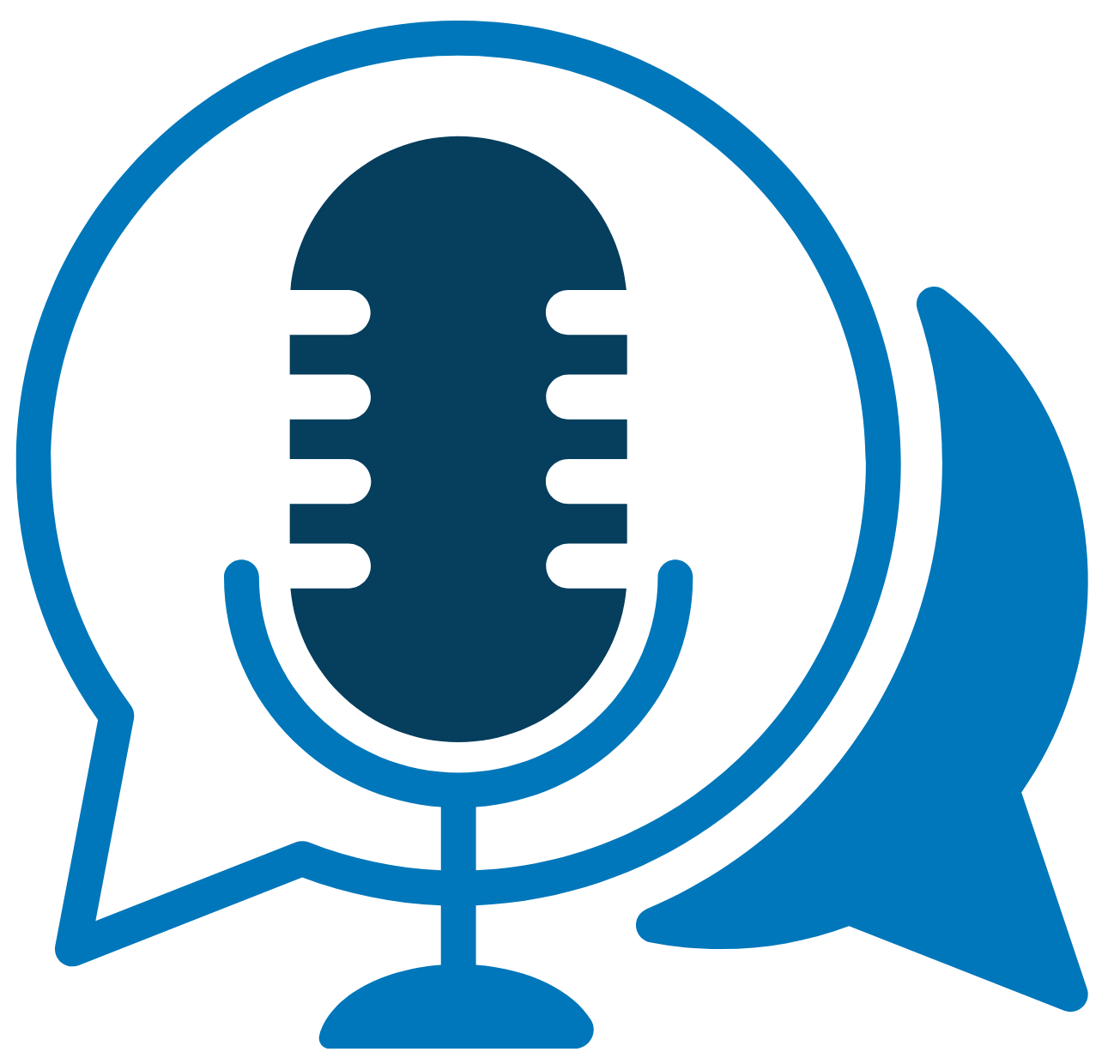
Version 5.0
By Greg Robinson-Riegler and Bridget Robinson-Riegler
Included Supplements
Key Features
- Over 130 embedded links to streaming videos engage students, augment discussions, and enrich hybrid and online courses
- Integrated themes knit together the narrative
- Cognition in its cultural context
- Cognition and emotion
- Clinical relevance of cognitive processes
- Cognition in action/embodied cognition
- Cognition in the context of current challenges (e.g., COVID/Health, political division, fake news, smartphone distraction)
- Consistently reinforces research methods throughout, including an entire chapter devoted to research methods and cognition (Chapter 2 “Research in Cognition: Investigating Mind and Brain”)
- Extensive examination of memory and its everyday use (Chapter 7 “Basic Processes in Long-Term Memory: Encoding and Retrieving Information”)
- Unique, full chapter on autobiographical memory (Chapter 9 “Autobiographical Memory: Remembering the Personal Past”)
- Consistently discusses key empirical studies, making them readily accessible by explicitly labeling the key variables (independent and dependent), methodology, predictions, and results
- Stop and Think! and Stop and Do! features showcase a series of critical thinking exercises to engage readers, prompt reflection, and encourage active learning
- Consistent focus on current and important topics such as the impacts of social media and smartphones on cognition
- Supportive learning structure:
- Chapter Openers highlight engaging, real-world examples with embedded questions that activate prior knowledge, setting the stage for key topics covered in the subsequent chapter
- Learning Objectives preview each main head section and help focus the reader’s attention
- Stop and Think! features are thought experiments that invite readers to critically examine their own experiences in context of key topics
- Stop and Do! exercises are hands-on experiments that involve simple demonstrations or model data collection
- Key Terms feature pop-up definitions when read online, or as a marginal glossary when printed
- Stop and Review! Key Takeaways at the end of each main section reflect the corresponding Learning Objectives and summarize key ideas in bullet-point fashion. These interim summaries enable learners to pause and consolidate the information just read or experienced into a “chunk.” This process enables the reader to better understand, retain, and recall the section’s content and its key concepts
- Fully customizable
Students
- Online Access Price
- $41.95
- Color Printed Textbook with Online Access Price
- $68.95
Cognitive Psychology: Applying the Science of the Mind version 5.0 is suitable for courses called Cognitive Psychology or similar titles offered in psychology departments. This course is generally taught at the undergraduate level at most four-year and many two-year colleges and universities.
Cognitive Psychology: Applying the Science of the Mind version 5.0 emphasizes the wide range of thinking processes we engage in every day. The book brings the fun and provocative nature of cognitive psychology to life with a remarkably student-friendly writing style and an abundance of lively exercises and experiments. The authors captivate readers through the frequent use of examples grounded in everyday experiences and descriptions of empirical studies that are particularly interesting, provocative, or relevant.
Cognitive psychology figures prominently in all other subdisciplines of the field. For example, students are often interested in clinical psychology, so each chapter features at least one clinical application. In addition to the clinical connections, the authors consistently discuss cognitive psychology’s connections to neuroscience, social psychology, and developmental psychology. The result is an unusually accessible and integrated approach to teaching this rich and complex subject.
New in This Version
- Over 130 embedded links to streaming videos engage students, augment discussions, and enrich hybrid and online courses
- Fully new Chapter 2 (“Research in Cognition: Investigating Mind and Brain”)
By Chapter
Chapter 1—Cognition: The Study of Information Processing
- Added connection to AI and ChatGPT and neural network models
- New discussion of applying cognition to modern contexts and challenges, including COVID-19, social division, and the rapid expansion of technology and resulting volume of information needing to be processed
Chapter 2—Research in Cognition: Investigating Mind and Brain
- New Chapter. This fully new chapter highlights the importance of the scientific method and provides key context for subsequent chapters by reviewing the nuts and bolts of cognitive psychology research, including basic issues confronted by cognitive researchers
Chapter 3—Perception: Basics of Information Intake
- Cross-cultural similarities due to Gestalt cues
- Application of grouping principles to music perception
- Expanded discussions of
- Global precedence, including reversal of the effect in some cultures, and relation of the effect to political orientation
- Multisensory integration, including:
- Association of color and taste perception and its variation by culture
- Marketing implications of vision–taste interactions
- “Sonic seasoning,” or how sounds modify taste experience
- Affordances, including dynamic affordances
- Perception in sports
Chapter 4—Identifying and Classifying Information
- Expanded discussions of
- Holistic versus analytic views of object recognition
- Scene consistency effect, and the role of cross-modal perception
- The nature of facial recognition, including
- The composite processing effect
- “Special” status of face recognition
- The influence of masks (COVID-19) on face recognition, including the role of culture
- Olfactory recognition, including cross-cultural differences and the ability to identify and label smells
- Exemplar versus prototype models of concept formation, including an applied study of concept formation in a college class
- Essentialism and its role in classifying human categories, and the role of essentialist categorization in dehumanization
Chapter 5—Mechanisms of Attention: Monitoring and Noticing Information
- Extensive revision of “guided search” approach to visual search, including guiding attributes and the phenomenon of pareidolia (seeing faces in non-face objects)
- Expanded discussions of
- Subitizing, including subitizing in nonvisual senses
- Visual attention in conditions of low-target prevalence, and how it may apply to everyday contexts, including identification (ID) checks
- Inattentional and change blindness, including
- Movement speed’s role
- The relation to ADHD, and the “hunter” versus “farmer” distinction in attentional style
- Driving as a “case study in attention” including
- Low target prevalence
- Inattentional blindness
- Impact of cell phones on dividing attention
- New section on the role of attention in the context of automated assistance in motor vehicles
Chapter 6—Immediate Memory: The Control and Manipulation of Information
- Updated discussion of the relationship between executive attention and the cocktail party effect
- Re-organized discussion of the major approaches to immediate (short-term/working) memory
- Connection of visual coding in immediate memory to the phenomenon of aphantasia (with video)
- Added section on resource models of immediate memory and how it can be assessed with a delayed estimation task
- Expanded discussion of executive control and its application, including
- Mind wandering in applied contexts, including long-distance running
- Ironic processing and control and its application in sports
- Improving executive control and its limits
Chapter 7—Basic Processes in Long-Term Memory: Encoding and Retrieving Information
- Expanded discussions of
- Procedural/declarative memory
- The role of attention in encoding, including
- The phenomenon of attention (and inattention) contagion
- The consequences of having cell phones available during class
- Spacing versus cramming, including metacognition’s role
- Testing effect, including metacognition’s role
- Context dependency in memory, including a study of it using virtual reality
- Self-initiated retrieval, its failure, and pediatric vehicular heatstroke (babies left behind in closed cars)
Chapter 8—Malleability in Memory: Processes of Forgetting, Editing, and Distortion
- Expanded opening section on memory as a “living document” (with video)
- Extensive update to eyewitness memory coverage, including
- Lighting’s impact on perception
- Stereotypical facial features and cross-racial identification
- Lineup procedures and the sequential/simultaneous debate and the role of confidence
- Revised and updated coverage of “the Memory Wars,” the controversy over the validity of lost—then recovered—event memories, including
- The importance of the question in the context of technology and rampant misinformation
- A new subsection on the current status of the debate
- New section on “Memory Reconstruction in the Digital Age” and the role of the internet and smartphone technologies in reconstructive memory, including
- The internet’s impacts on certain aspects of cognition
- Transactive memory and cognitive offloading
- Social memory, including collective memory and the Mandela effect
- How “fake news” can lead to distortions in memory, and practical implications
Chapter 9—Autobiographical Memory: Remembering the Personal Past
- New section on extremes of autobiographical memory, including discussion of HSAM (highly superior autobiographical memory) and SDAM (severely deficient autobiographical memory
- Streamlined discussion of childhood amnesia
- Expanded discussions of
- The relationship between smell and memory
- Emotion and autobiographical memory, including the fading affect bias and a discussion of nostalgia
- Functions of autobiographical remembering
- New coverage of
- Reminiscence bump in individuals with Alzheimer’s
- The brain’s default mode network and autobiographical remembering
- New research on involuntary memory and whether trauma memories are unique
- New section on collective memories as flashbulbs, including collective memories of the January 6 insurrection and the COVID pandemic
- New and extensive section on future thinking, including
- Applications in clinical settings
- Its relation to nostalgia, and the concept of anticipated nostalgia
Chapter 10—Language I: Basic Issues and Speech Processing
- Expanded discussions of
- Phonology and how the sounds of language are produced and perceived (with videos)
- Phonemic restoration, including a study on the influence of COVID-19 on the effect
- Difficulty of discerning word boundaries, including the phenomenon of mondegreens (mishearing song lyrics)
- Child-Directed speech (CDS), including
- Impoverished CDS and a discussion of the “30-million-word gap” between children of lower and higher socio-economic status
- Maternal depression and CDS
- Turn-taking in conversation, including neuroscientific work using MEG scanning to examine it
Chapter 11—Language II: Reading and Comprehending
- Revision and update of how reading should be taught
- Extensive revision and update of dyslexia (with video)
- Extensive reorganization and expanded discussion of discourse processing, including
- New section on types of discourse (narrative versus expository texts)
- How mind wandering relates to text comprehension
- New section examining reading from print versus reading from screens, and the possibility of an overall “shallowing effect” caused by digital media
- Updated section on speed reading
Chapter 12—Reasoning, Judgment, and Decision Making
- New section on belief-consistent information processing, and how it forms the basis for other errors including belief bias, false consensus, and bias blind spot
- New section on the impact of misinformation on inductive reasoning, including
- Factors that lead to belief in misinformation
- Means of combating misinformation, including debunking, “pre-bunking” and their limitations
- New discussion of mental illness and gun violence as an example of illusory correlation and the availability heuristic
- Revised and updated discussions
- The recognition heuristic
- “Hot hand” perception
- Anchoring and adjustment heuristic
- Extensive revision of section on Improving Decision Making, including how “nudging” can improve choice and nudging during the COVID-19 pandemic
Chapter 13—Problem Solving and Creativity
- Revised section on mental set
- Added discussion of Luchins’ classic water jar problem
- Revised and updated section on stereotype threat in math problem solving
- New discussion of expert advantages in recognizing analogies in problem solving
- Revised discussion of the nature of expertise, with a critical discussion of the “10,000 hours of practice” claim
- Extensive revision of Archimedes example, including
- The famous “Aha” moment
- Incubation and the “shower effect” of coming up with ideas in the shower
- Extensive update of creativity, including
- The definition of creativity and whether AI can be considered creative
- The relationship between personality and creativity
- The “mad-genius” paradox—creativity/psychopathology link
- The importance of creative constraints, creativity myths, and the role of culture in creativity
- Added discussion of different modes of creativity (deliberate, spontaneous, and flow)
- About the Authors
- Acknowledgments
- Dedication
- Preface
-
Chapter 1: Cognition: The Study of Information Processing
-
Chapter 2: Research in Cognition: Investigating Mind and Brain
-
Chapter 3: Perception: Basics of Information Intake
-
Chapter 4: Identifying and Classifying Information
-
Chapter 5: Mechanisms of Attention: Monitoring and Noticing Information
-
Chapter 6: Immediate Memory: The Control and Manipulation of Information
-
Chapter 7: Basic Processes in Long-Term Memory: Encoding and Retrieving Information
-
Chapter 8: Malleability in Memory: Processes of Forgetting, Editing, and Distortion
-
Chapter 9: Autobiographical Memory: Remembering the Personal Past
-
Chapter 10: Language I: Basic Issues and Speech Processing
-
Chapter 11: Language II: Reading and Comprehending
-
Chapter 12: Reasoning, Judgment, and Decision Making
-
Chapter 13: Problem Solving and Creativity

FlatWorld Homework
FlatWorld Homework includes multi-format questions written specifically for your FlatWorld book, which you can access through our stand-alone interface or integrate with your learning management system.
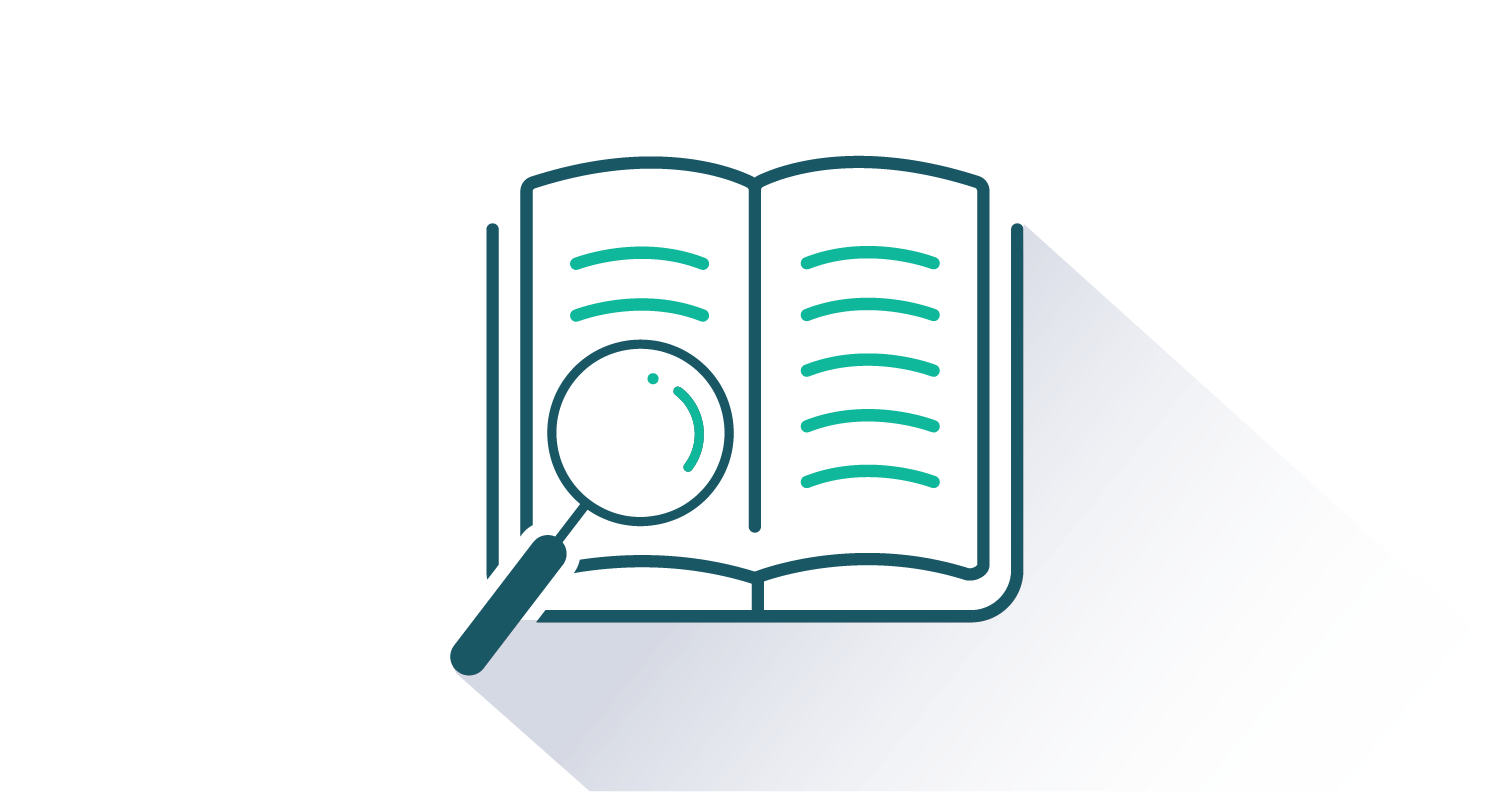
Instructor’s Manual
The Instructor’s Manual guides you through the main concepts of each chapter and important elements such as learning objectives, key terms, and key takeaways. Can include answers to chapter exercises, group activity suggestions, and discussion questions.
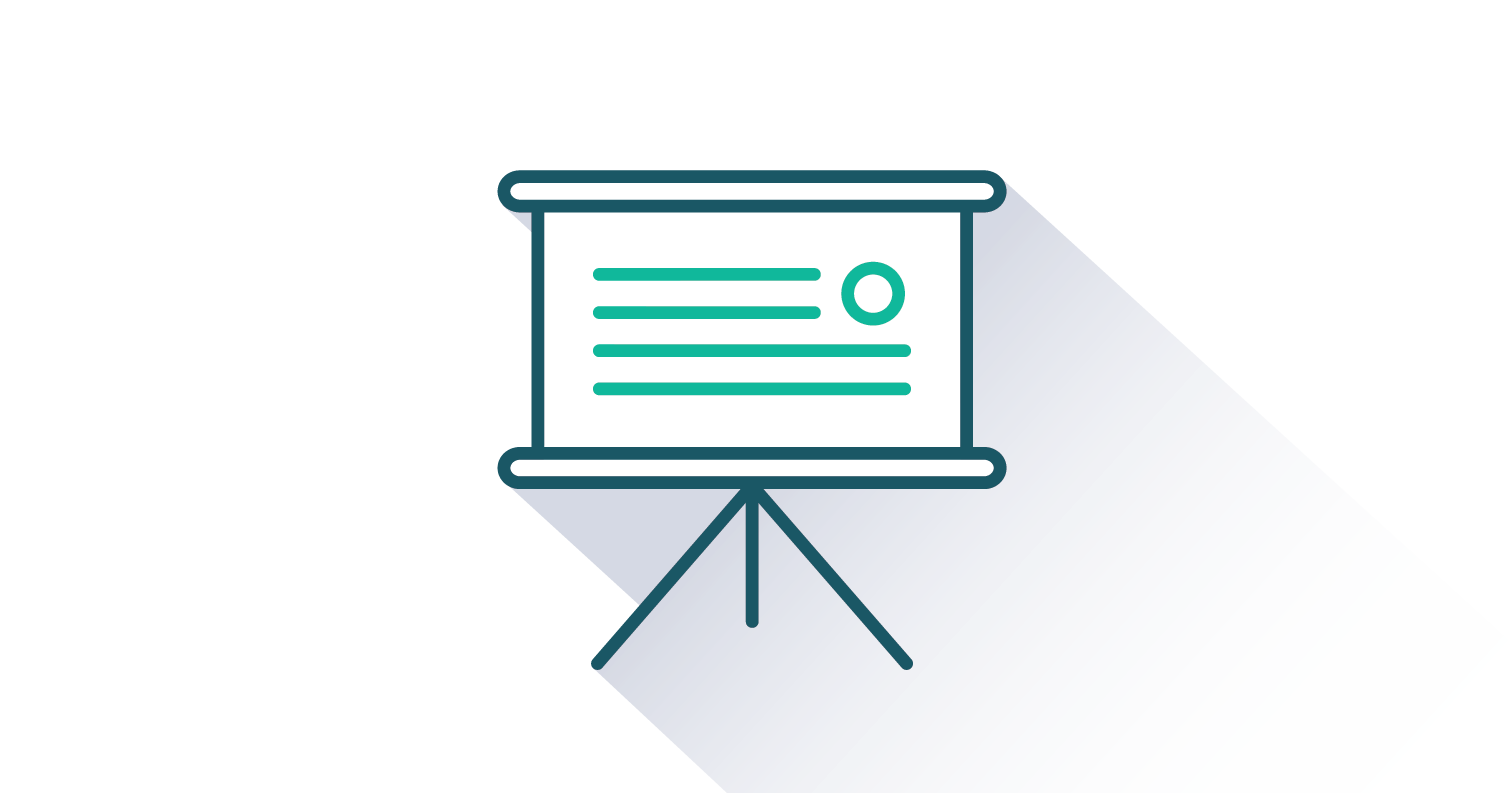
PowerPoint Lecture Notes
A PowerPoint presentation highlighting key learning objectives and the main concepts for each chapter are available for you to use in your classroom. You can either cut and paste sections or use the presentation as a whole.
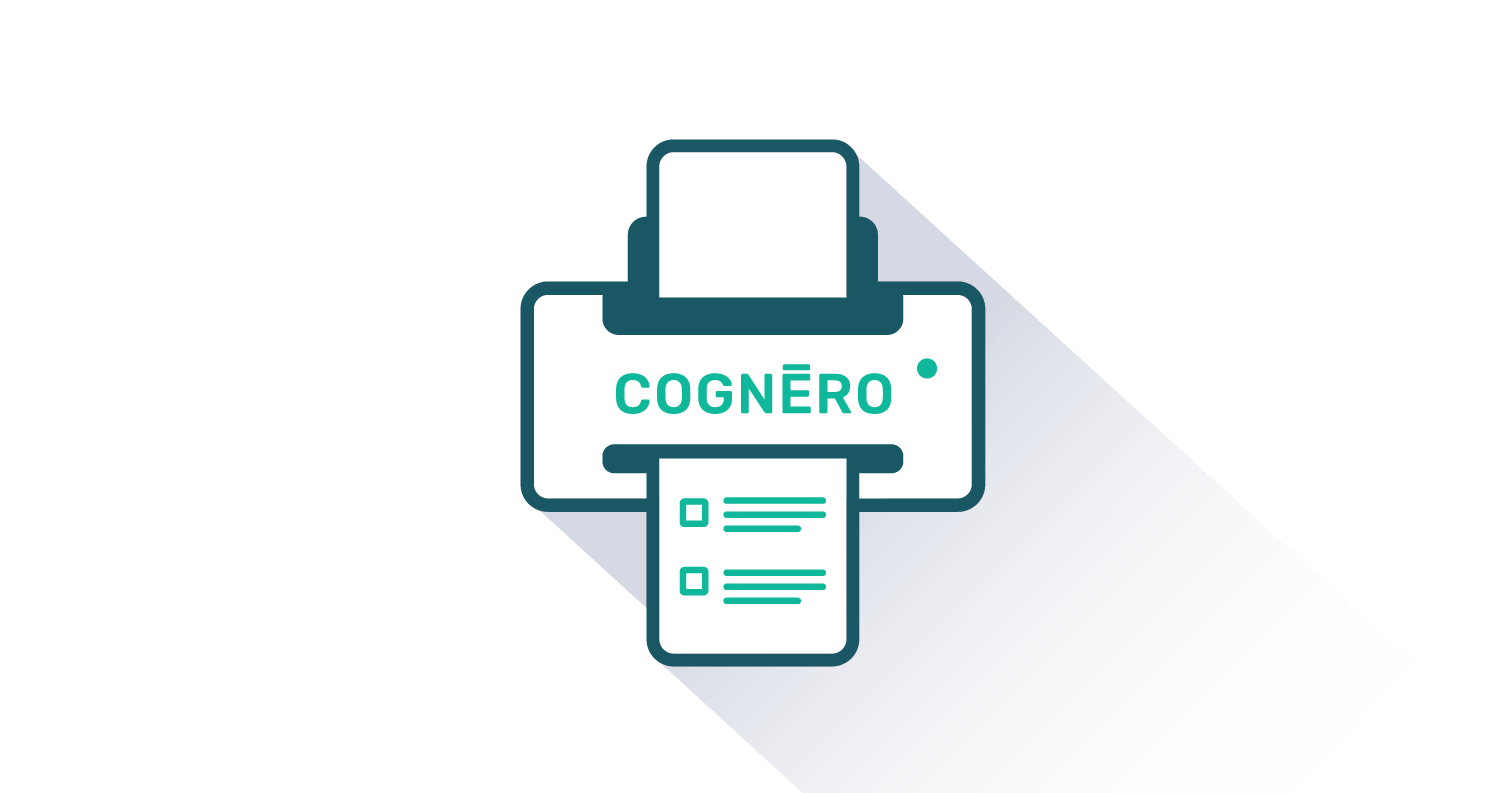
Test Generator - powered by Cognero
FlatWorld has partnered with Cognero, a leading online assessment system, that allows you to create printable tests from FlatWorld provided content.

Test Bank Files for Import to Learning Management Systems
For your convenience, we've packaged our test items for easy import into Learning Management Systems like Blackboard, Brightspace/D2L, Canvas, Moodle, or Respondus.
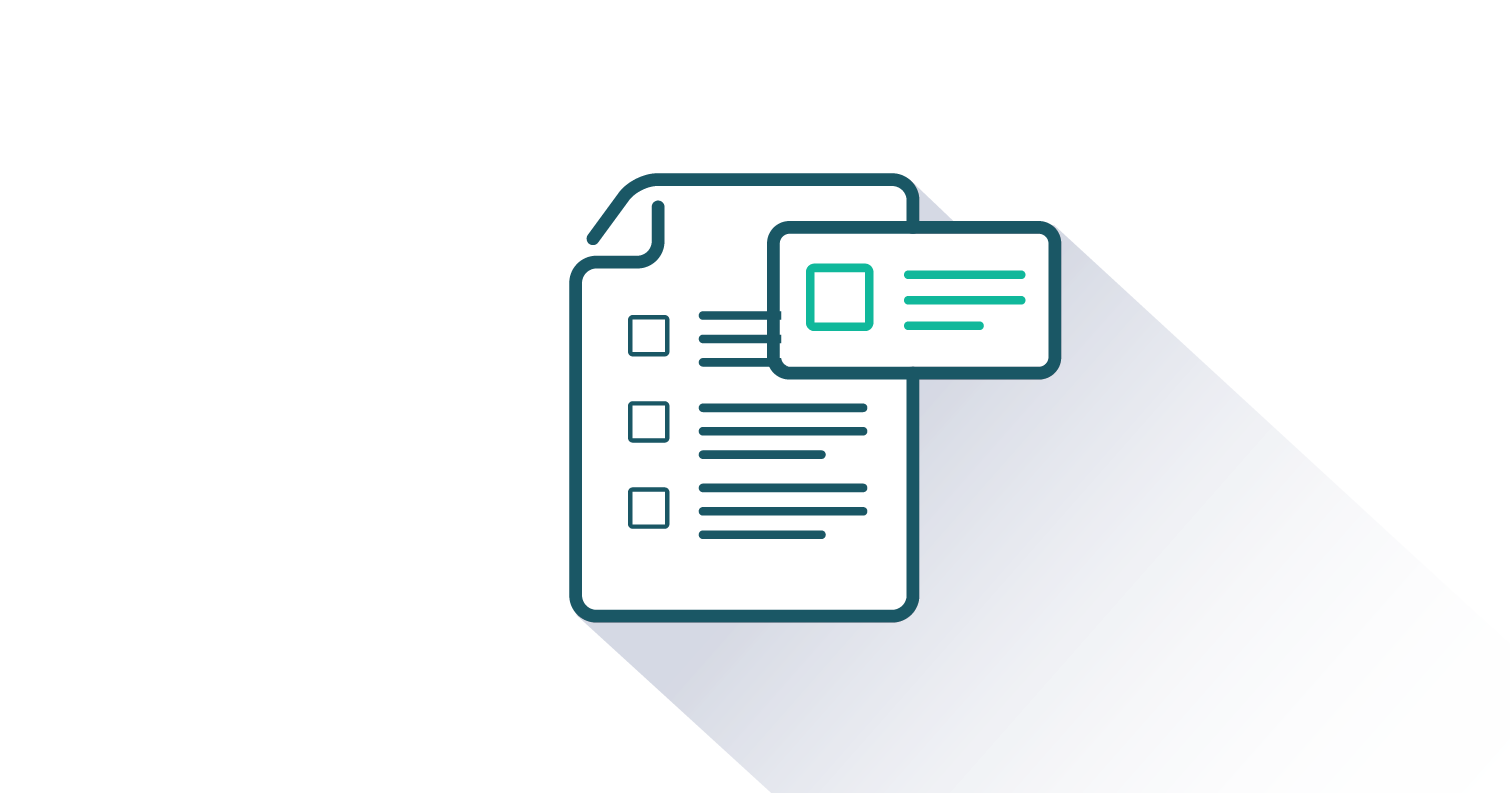
Test Item File
Need assistance in supplementing your quizzes and tests? Our test-item files (in Word format) contain many multiple-choice, fill-in-the-blank, and short-answer questions.
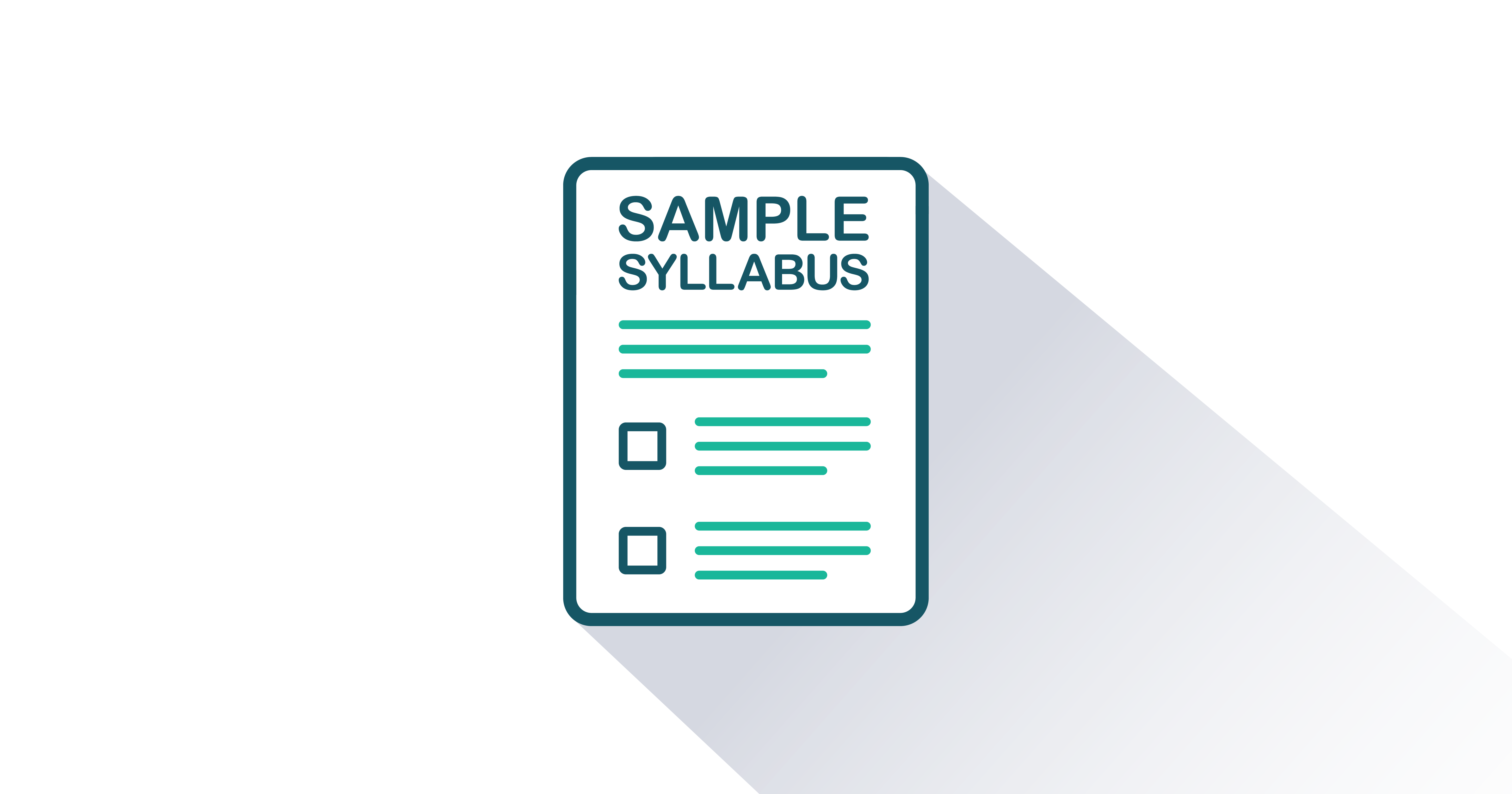
Sample Syllabi
Sample syllabi provide useful templates to help new faculty adopters revise their teaching plans to match their assigned FlatWorld textbook or lend insights to existing adopters on how to organize their classes.
DownloadAt FlatWorld, we take pride in providing a range of high-quality supplements alongside our titles, to help instructors teach effectively. Supplements are available for instructors who have registered their adoption with us. If you need to review or preview something specific, please contact us.
Already registered? Sign in here.
